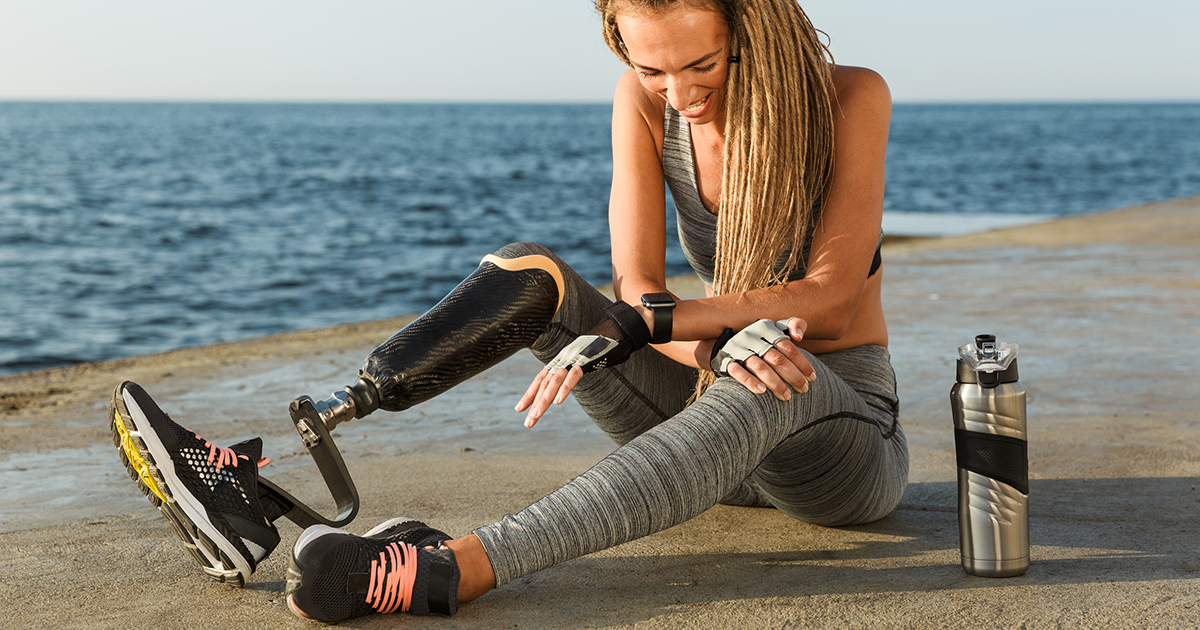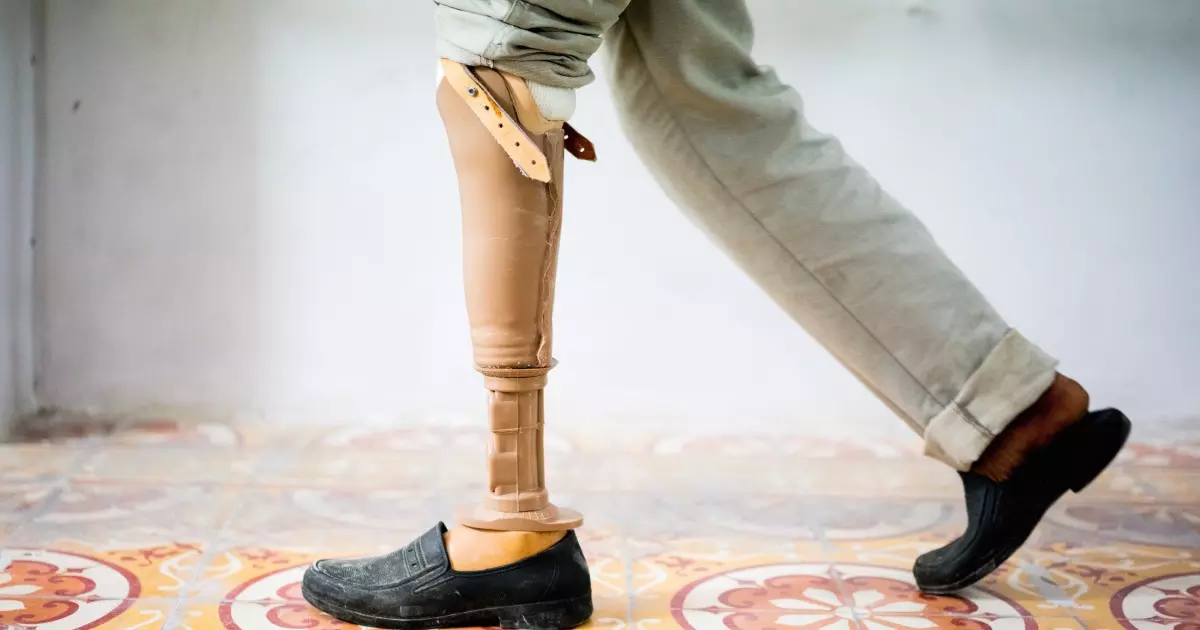How Modern Prosthetics Work
Prosthetic limbs have existed since the time of the ancient Egyptians, where a working prosthetic toe of wood with a leather harness allowed the wearer to use the sandals of the time or to go barefoot. Prosthetics may be necessary because of missing body parts due to trauma, congenital conditions, or disease. Prosthetic limbs are designed to restore the missing body part's normal functions. Modern prosthetics are generally created with computer-aided design, but they can also be hand-designed. Of Americans, one in 190 citizens is presently getting along with the loss of a limb. The leading cause is poor circulation due to the disease of the arteries, with more than half of cases occurring in patients with diabetes mellitus.
The Pylon

The pylon, the internal skeleton or frame of a prosthetic limb, is responsible for providing structural support. Traditionally, it has been made of metal rods. More recently, lighter composites of carbon-fiber have been utilized to create the pylons. Sometimes, pylons are enclosed by a foam-like material that serves as a cover that can be colored and shaped to match the skin tone of the recipient to give the prosthetic limb a more lifelike appearance. Pylons transfer weight between the prosthetic ending and the socket. Dynamic pythons are preferred, particularly in lower limb prosthetics, as they reduce the shocks created by the heel striking the ground.
The Socket

A prosthetic limb's effectiveness and comfort are generally governed by the quality of its fit onto the remnant of the patient's actual limb. This is professionally referred to as the residual limb, or more informally, the stump. Some individuals with missing limbs find the term stump offensive, but it is still widely in use in the medical world. Sockets are the connecting parts of the prosthetic limbs. They are painstakingly molded around a cast of plaster taken from the patient's residual limb.
Without a precise fit, sockets of the new limbs may damage the remnant of the residual limbs, causing tissue damage or discomfort and potentially making it too painful to wear the prosthetic limb for an extended period. As the residual limb is generally likely to change in size and shape over time, new sockets are routinely needed. Lasers and 3D printing are now being used to make precise prosthetics.
